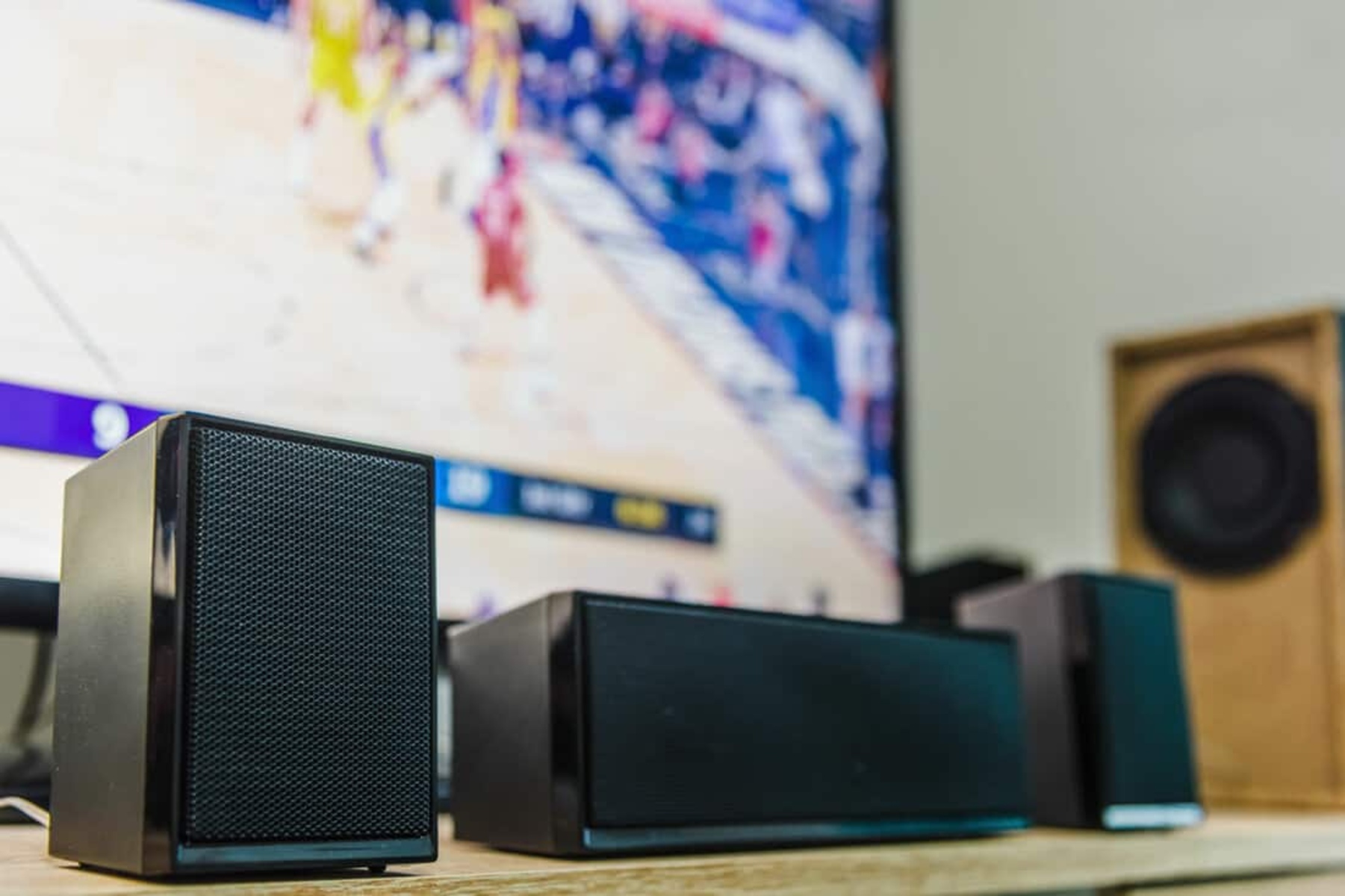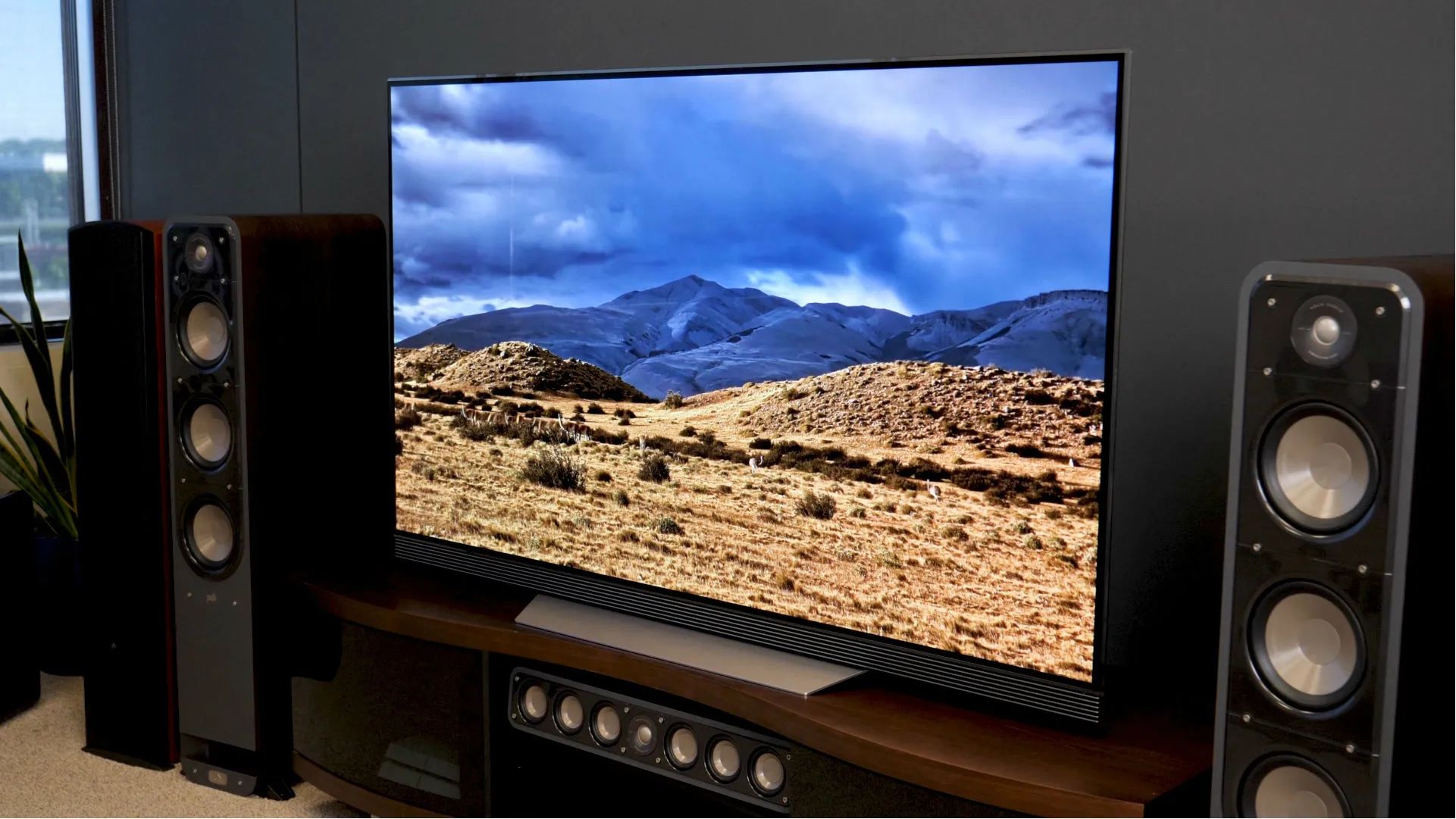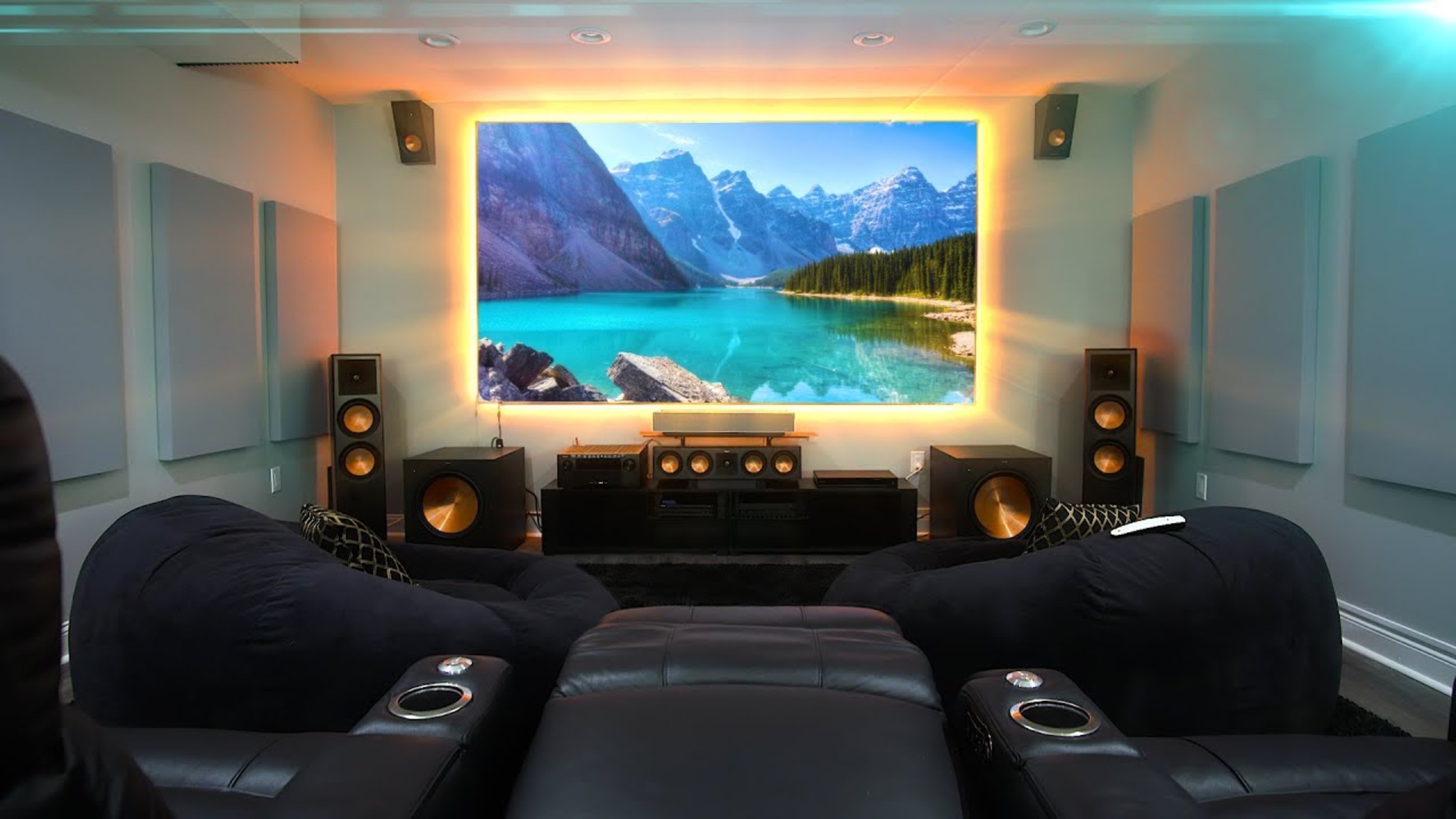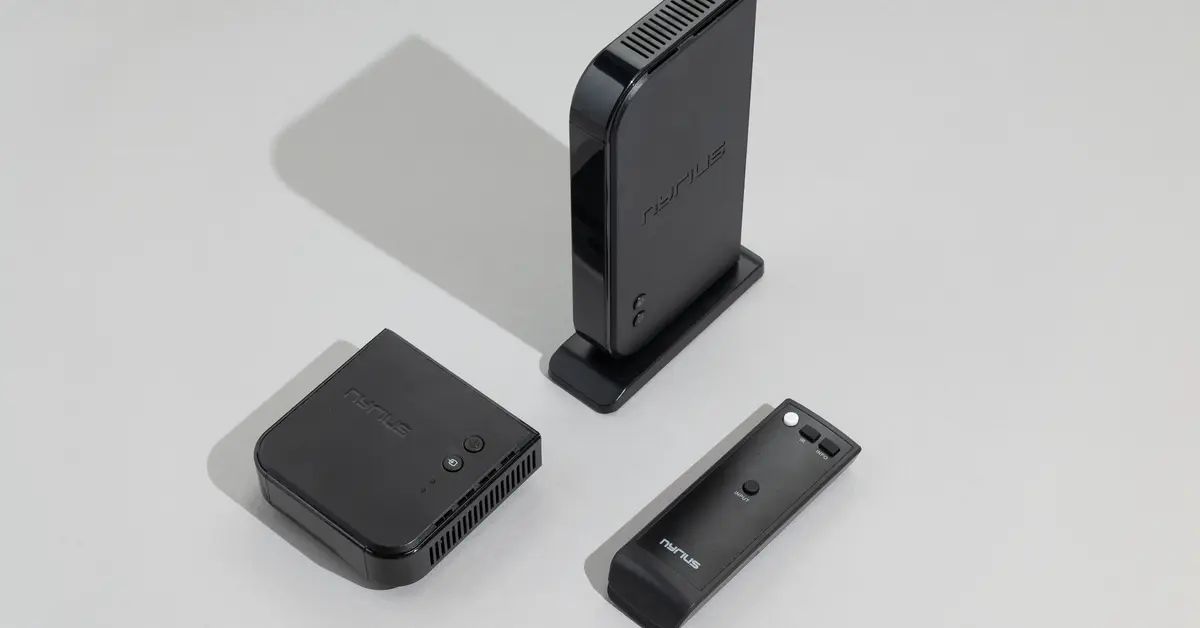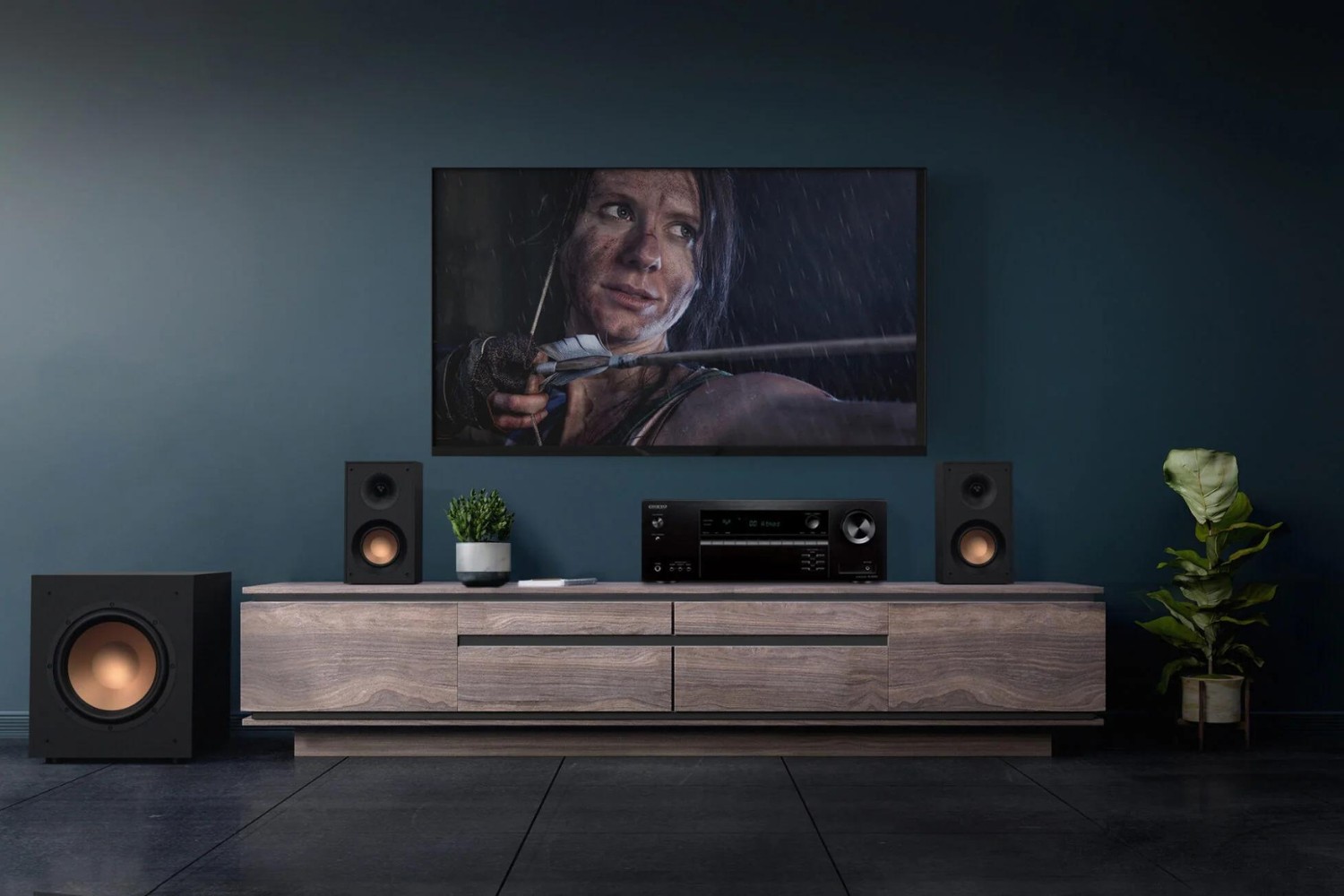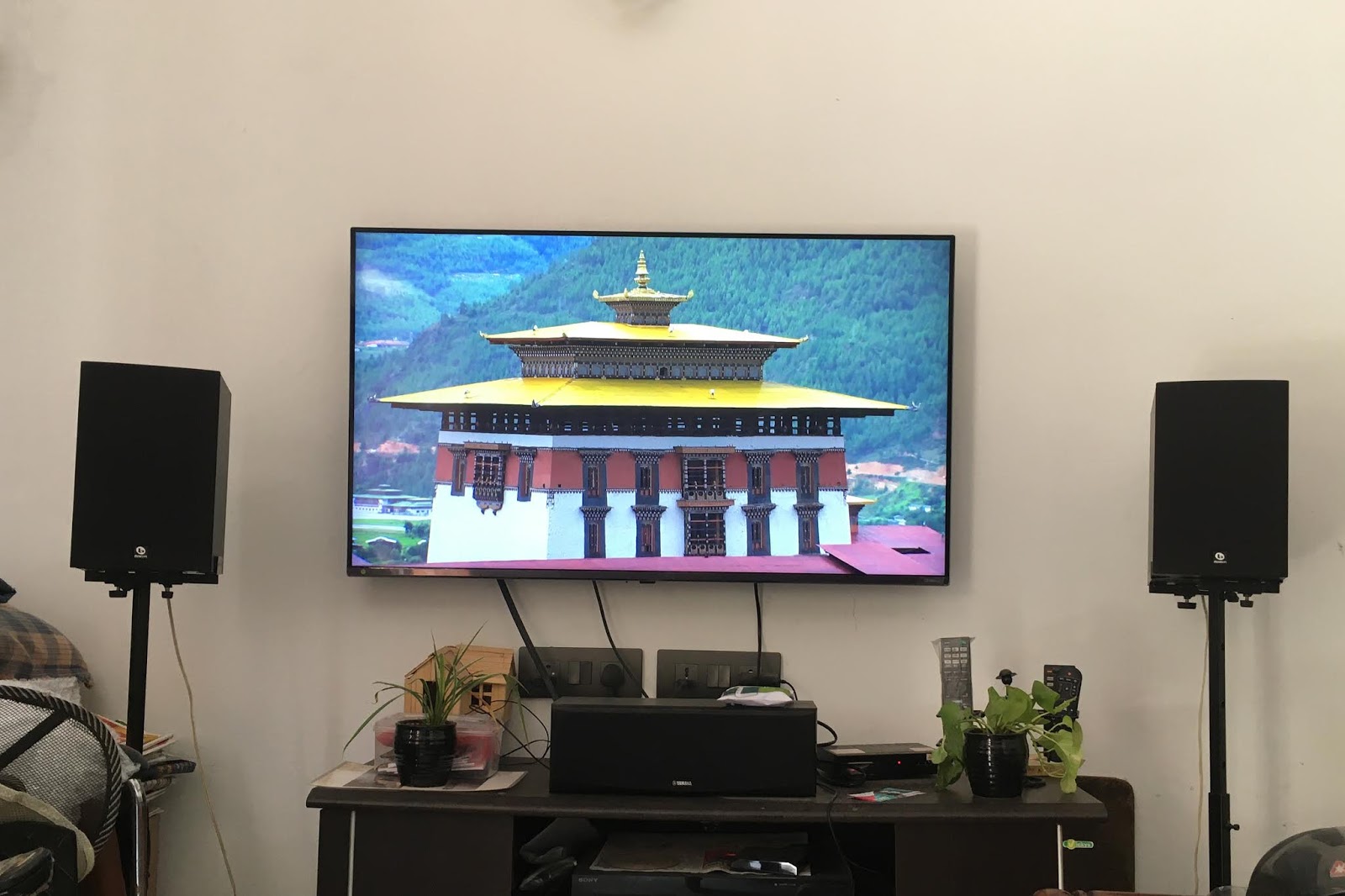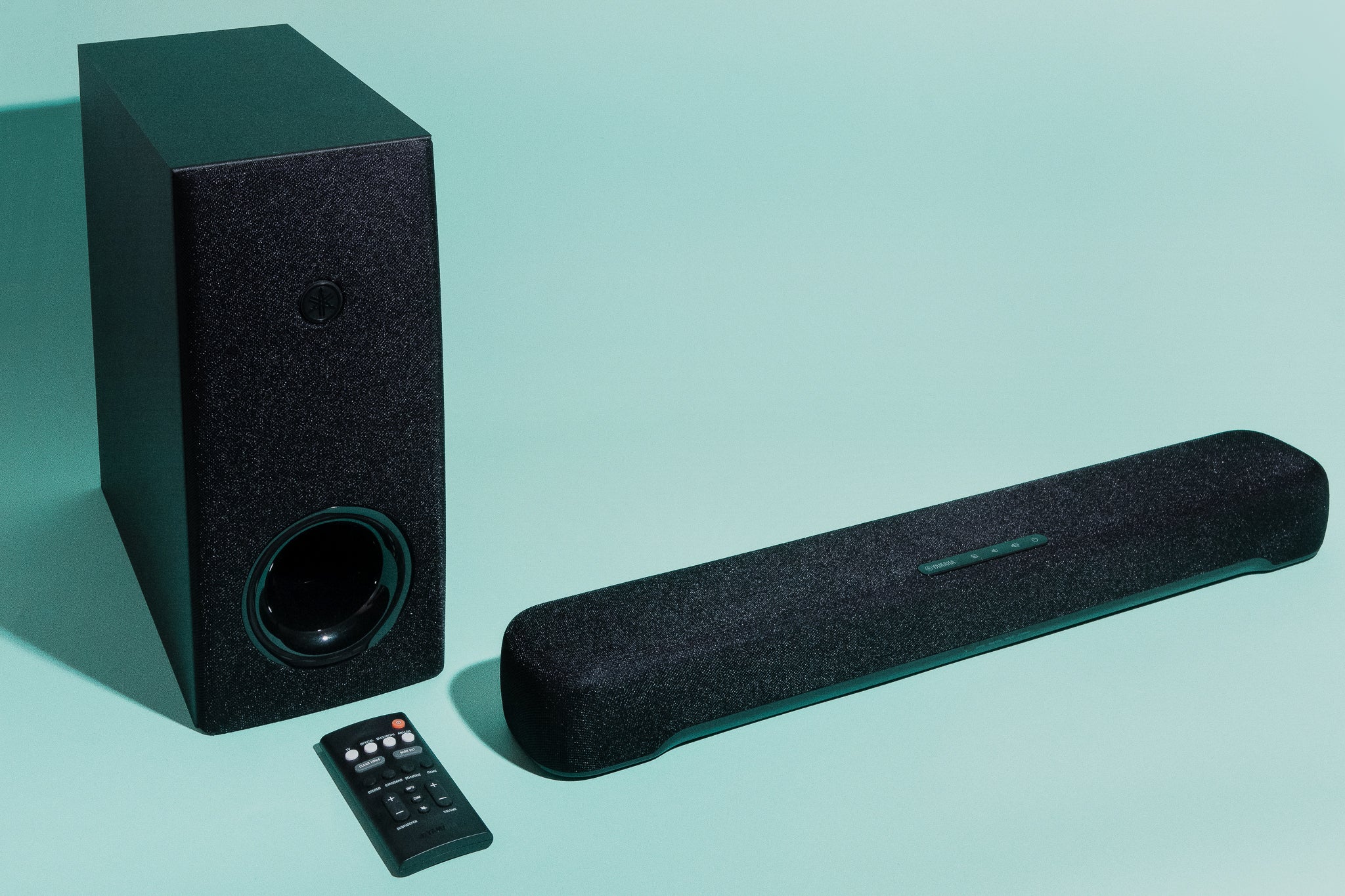Introduction
In today’s technology-driven world, having a home theater setup is a popular choice among entertainment enthusiasts. It allows for a more immersive audio experience while watching movies, TV shows, or even playing video games. One essential aspect of a home theater system is connecting the TV’s sound to the speakers, ensuring that the audio quality matches the visual display.
While HDMI cables are commonly used for this purpose, not all TVs or home theater systems come equipped with HDMI ports. However, fear not! There are several alternative methods to connect your TV sound to a home theater system, even without an HDMI connection. In this article, we will explore five different options that can help you achieve the desired audio setup.
Whether you have a TV with optical audio output, RCA audio outputs, a 3.5mm aux jack, or even a coaxial audio output, there is a solution available for you. Additionally, if you have an AV receiver as part of your home theater setup, we will discuss how you can connect your TV sound to the receiver for an enhanced audio experience.
No matter which option you choose, the goal is to optimize the sound coming from your TV and ensure that it is seamlessly channeled through your home theater system. So, let’s dive into the various methods you can use to connect your TV sound to your home theater without relying on HDMI.
Option 1: Optical Audio Cable
If your TV has an optical audio output and your home theater system has an optical audio input, using an optical audio cable is an excellent solution for connecting the TV sound. Optical audio cables, also known as TOSLINK or SPDIF cables, transmit digital audio signals without any loss in quality.
To connect your TV to the home theater system using an optical audio cable, follow these steps:
- Locate the optical audio output port on your TV. It is usually labeled as “Optical” or “Digital Audio Out.”
- Connect one end of the optical audio cable into the TV’s optical audio output port.
- Locate the optical audio input port on your home theater system. It is typically labeled as “Optical In” or “Digital Audio In.”
- Connect the other end of the optical audio cable into the home theater system’s optical audio input port.
- Ensure that both the TV and the home theater system are powered on.
- Access the TV’s audio settings and select the optical audio output as the audio source.
- Test the connection by playing a video or audio file on your TV. The sound should now be transmitted through your home theater system.
Using an optical audio cable allows for high-quality audio transmission and is a straightforward method for connecting your TV sound to your home theater system.
Note that some TVs may require you to enable the optical audio output in the settings menu. Refer to your TV’s user manual for specific instructions on how to do this.
Option 2: RCA Audio Cables
If your TV and home theater system have RCA audio outputs and inputs respectively, using RCA audio cables is a viable method to connect the TV sound to your home theater. RCA cables consist of red and white connectors, representing the right and left audio channels.
To connect your TV to the home theater system using RCA audio cables, follow these steps:
- Identify the RCA audio output ports on your TV. They are usually color-coded as red and white and labeled as “Audio Out” or “Aux Out.”
- Plug one end of the RCA audio cables into the corresponding output ports on your TV.
- Locate the RCA audio input ports on your home theater system. They should also be color-coded and labeled as “Audio In” or “Aux In.”
- Connect the other end of the RCA audio cables to the corresponding input ports on your home theater system.
- Ensure that both the TV and the home theater system are turned on.
- Select the appropriate audio input on your home theater system to receive the TV sound.
- Play an audio or video file on your TV to test the connection. The sound should now be playing through your home theater speakers.
RCA audio cables are widely available and offer a simple and cost-effective way to connect your TV sound to your home theater system. However, it is important to note that RCA cables transmit analog audio signals, so the audio quality may not be as high as with digital connections like HDMI or optical cables. Nevertheless, RCA audio cables can still provide a satisfactory audio experience for most users.
Option 3: 3.5mm Aux Cable
If your TV and home theater system have a 3.5mm headphone jack and an aux input, you can easily connect the TV sound to your home theater using a 3.5mm aux cable. This method is commonly used for portable devices like smartphones and tablets, but it can also be utilized for connecting the TV audio to external speakers.
To connect your TV to the home theater system using a 3.5mm aux cable, follow these steps:
- Locate the 3.5mm headphone jack on your TV. It is typically located on the side or rear panel of the TV and may be labeled as “Audio Out” or “Headphone.”
- Insert one end of the 3.5mm aux cable into the headphone jack of your TV.
- Identify the aux input on your home theater system. It is usually labeled as “Aux In” or “Line In.”
- Connect the other end of the 3.5mm aux cable into the aux input of your home theater system.
- Ensure that both the TV and the home theater system are powered on.
- Adjust the volume levels on both the TV and the home theater system to a suitable level.
- Play a video or audio file on your TV to test the connection. The sound should now be playing through your home theater speakers.
The 3.5mm aux cable is a convenient and versatile option for connecting your TV sound to your home theater system. It allows for a direct analog audio transfer, ensuring compatibility with a wide range of devices. However, it is important to keep in mind that the audio quality may not be as high as with digital connections. Therefore, if your TV supports other audio output options like HDMI or optical, you may want to consider using those for better audio performance.
Option 4: Coaxial Audio Cable
If your TV and home theater system have coaxial audio input and output ports, using a coaxial audio cable is another reliable method to connect the TV sound to your home theater. Coaxial cables are specifically designed for transmitting audio and video signals.
To connect your TV to the home theater system using a coaxial audio cable, follow these steps:
- Locate the coaxial audio output port on your TV. It is typically labeled as “Coaxial Out” or “Digital Audio Out.”
- Insert one end of the coaxial audio cable into the TV’s coaxial output port.
- Identify the coaxial audio input port on your home theater system. It should be labeled as “Coaxial In” or “Digital Audio In.”
- Connect the other end of the coaxial audio cable into the coaxial input port of your home theater system.
- Ensure that both the TV and the home theater system are powered on.
- Access the audio settings on your TV and select the coaxial audio output as the audio source.
- Test the connection by playing an audio or video file on your TV. The sound should now be transmitted through your home theater speakers.
Coaxial audio cables provide a reliable and robust connection for transmitting audio signals, ensuring minimal signal loss and interference. This makes it an ideal option for connecting your TV sound to your home theater system, especially if you have a coaxial audio port available on both devices.
However, it is important to note that coaxial cables transmit digital audio signals, similar to optical cables. Therefore, the audio quality achieved through a coaxial connection is generally superior to analog connections like RCA or 3.5mm aux cables. Thus, if your TV and home theater system support coaxial audio connections, it is highly recommended to opt for this method to achieve the best audio performance.
Option 5: AV Receiver
If you have an AV receiver as part of your home theater setup, it provides a versatile solution for connecting your TV sound to the home theater system. An AV receiver acts as a central hub, allowing you to connect various audio and video sources and route the audio signals to your speakers.
To connect your TV to the home theater system using an AV receiver, follow these steps:
- Identify the audio output ports on your TV. Depending on the TV model, it may have HDMI ARC (Audio Return Channel) or optical audio output.
- If your TV has HDMI ARC, connect an HDMI cable to the HDMI ARC port on your TV and the HDMI ARC input on your AV receiver. This will allow the audio from your TV to be transmitted to the AV receiver.
- If your TV has an optical audio output, you can connect an optical audio cable from the TV to the optical input on your AV receiver. Alternatively, you can connect other audio cables like RCA or HDMI to the AV receiver’s corresponding audio input ports.
- Ensure that both your TV and AV receiver are powered on.
- Select the appropriate input source on your AV receiver that corresponds to the TV connection.
- Play an audio or video file on your TV to test the connection. The sound should now be playing through your home theater speakers, which are connected to the AV receiver.
Utilizing an AV receiver not only allows you to connect the TV sound to your home theater system but also provides additional benefits. With an AV receiver, you can manage multiple audio and video sources, control the audio settings, and fine-tune the audio output to match your preferences.
Moreover, an AV receiver often offers advanced audio processing technologies, such as Dolby Atmos or DTS:X, which can further enhance the overall audio experience when watching movies or playing games on your TV.
By connecting your TV sound to an AV receiver, you can unlock the full potential of your home theater system and enjoy immersive and high-quality audio that complements the visual experience.
Conclusion
Connecting your TV sound to a home theater system without HDMI is entirely possible using alternative methods. Whether your TV has optical audio output, RCA audio outputs, a 3.5mm aux jack, or even a coaxial audio output, there is a solution available for you. Additionally, if you have an AV receiver as part of your home theater setup, it provides a versatile solution for connecting your TV sound to the system.
Using an optical audio cable ensures high-quality digital audio transmission, while RCA audio cables offer a cost-effective analog connection option. The 3.5mm aux cable provides a convenient method commonly used for portable devices, and coaxial audio cables offer robust digital audio transmission. Connecting your TV sound through an AV receiver offers additional benefits such as centralized control and advanced audio processing technologies.
When choosing the method to connect your TV sound to your home theater system, consider the available audio output and input ports on both devices. Opt for the option that provides the best audio quality and compatibility.
Remember to refer to the user manuals of your TV and home theater system for specific instructions on connecting audio cables and configuring audio settings.
By utilizing these alternative methods, you can enhance your home entertainment experience by enjoying a seamlessly integrated audiovisual setup that brings your favorite movies, TV shows, and games to life with immersive audio.







